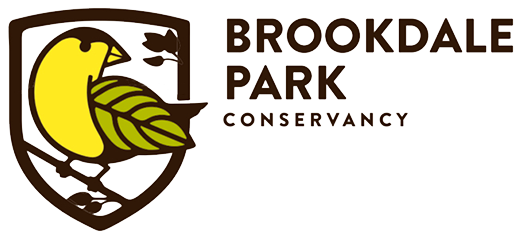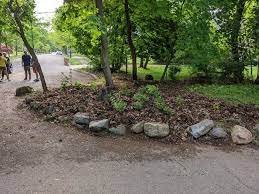SOIL RESTORATION
Next to the sun, soil health is the most essential ingredient for gardening success but more importantly for human survival. “The microbial community in the ground is as important as the one in our guts. Soil bacteria and fungi serve as the "stomachs" of plants. They form symbiotic relationships with plant roots and "digest" nutrients, providing nitrogen, phosphorus, and many other nutrients in a form that plant cells can assimilate. The single greatest leverage point for a sustainable and healthy future for the seven billion* people on the planet is arguably immediately underfoot: the living soil, where we grow our food.” ~The Atlantic
Healthy soil is a living, thriving ecosystem, brimming with microscopic organisms that transform decaying matter into nourishment for plant life and work to control and protect from disease. Ninety percent of all organisms on the seven continents live underground - there can be 10,000 to 50,000 species of protozoa, nematodes, mites and microarthropods in less than a teaspoon of soil - they are naked to the human eye but so much life is teeming in that little space!
Soil composition is also important to water management functions - healthy soil regulates runoff of storm water and supports trees, shrubs, lawns and gardens, acts as a natural filtration system and prevents soil erosion.
Garden with your kids! Check out this Soil Texture & Composition Lesson and learn more about soil together!
Recommended reading: Soil Science for Gardeners by Robert Pavlis
Recommended watching: Netflix documentary Kiss The Ground
soil restoration - progress in the park
There is an entire ecosystem of billions of microorganisms in the top few inches of soil that work together to create healthy fertile soil. In the park visitor activity strips away (erodes) or crushes (compacts) that essential top layer of soil. The Conservancy is taking steps to improve the soil in the park.
You can improve your soil as well by following our steps:
KNOW YOUR SOIL: Send samples of your soil to the Rutgers’ Soil Testing Laboratory, a wonderful service available to New Jersey Residents. The lab report gives detailed suggestions on how to amend your soil.
MIMIC NATURE: Take a look to determine your property’s needs. Is it open like a meadow or more of a woodland’s edge? Woodland soil is rich in organic matter, when we remove fallen leaves, we take away organic matter. On lawns if we take away grass clippings, we remove nutrients. Stopping these habits save time and improve the soil.
CONSIDER COMPOST: Adding a thin layer of compost works wonders for soil air, structure and moisture retention. It provides plants nutrients. Applied once a year, you will see improvement. If you aren’t making your own compost, purchase it from a reputable source.
PROTECT TOP SURFACE SOIL: Mulch acts as a buffer between the ground and plants. Among its many benefits, it keeps the soil cooler -essential to root growth. It prevents erosion of top soil during heavy winds and rain. It suppresses weeds and it decomposes over time adding nutrients. Choose the type of mulch that makes sense for your garden.
USE WHAT YOU HAVE: Save untreated cardboard boxes, newspapers, grass clippings, leaves, un-diseased plant clippings, and coffee grounds and put them to work improving your soil in a technique called sheet composting or lasagna layering.
Be aware: if applying fertilizer, NJ has strict laws to follow about application in order to protect water supply.
Sheet composting in process near the Pollinator Garden - layers of leaves, cardboard, newspaper and mulch to top it off
Grandview entrance area, soil restoration in progress - sheet composting in progress.



